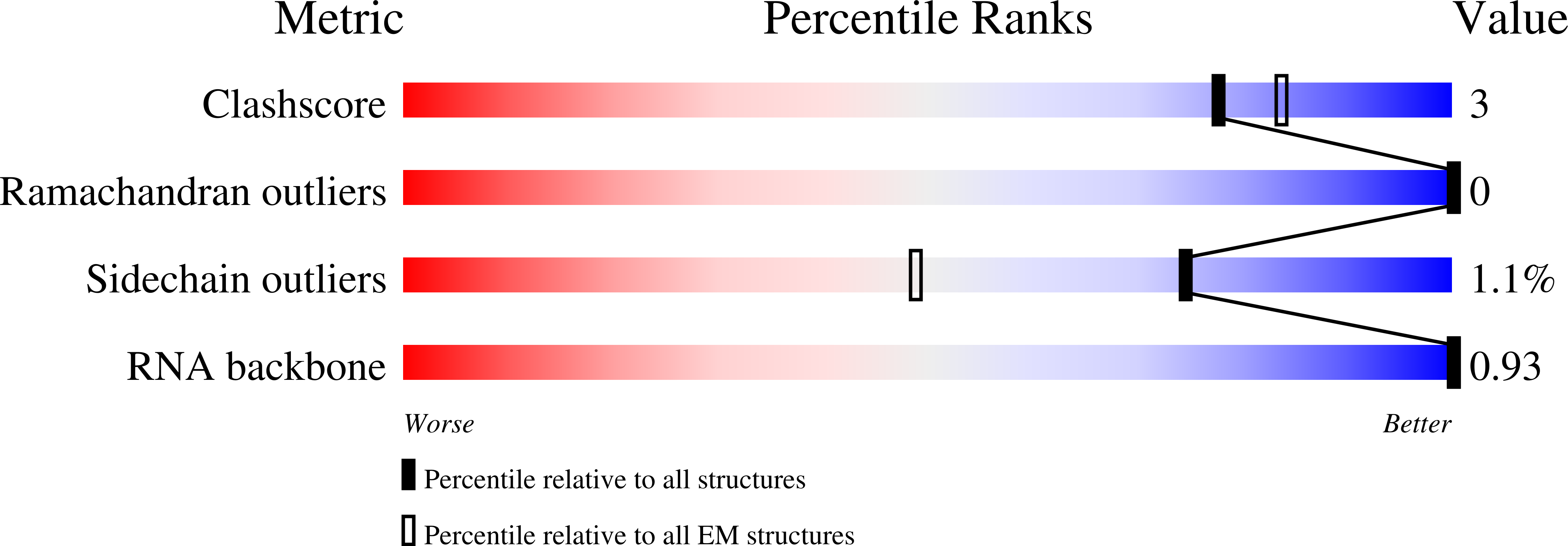
Deposition Date
2018-12-04
Release Date
2019-03-06
Last Version Date
2024-10-23
Entry Detail
PDB ID:
6N9W
Keywords:
Title:
Structure of bacteriophage T7 lagging-strand DNA polymerase (D5A/E7A) and gp4 (helicase/primase) bound to DNA including RNA/DNA hybrid, and an incoming dTTP (LagS2)
Biological Source:
Source Organism:
Enterobacteria phage T7 (Taxon ID: 10760)
Host Organism:
Method Details:
Experimental Method:
Resolution:
4.00 Å
Aggregation State:
PARTICLE
Reconstruction Method:
SINGLE PARTICLE


